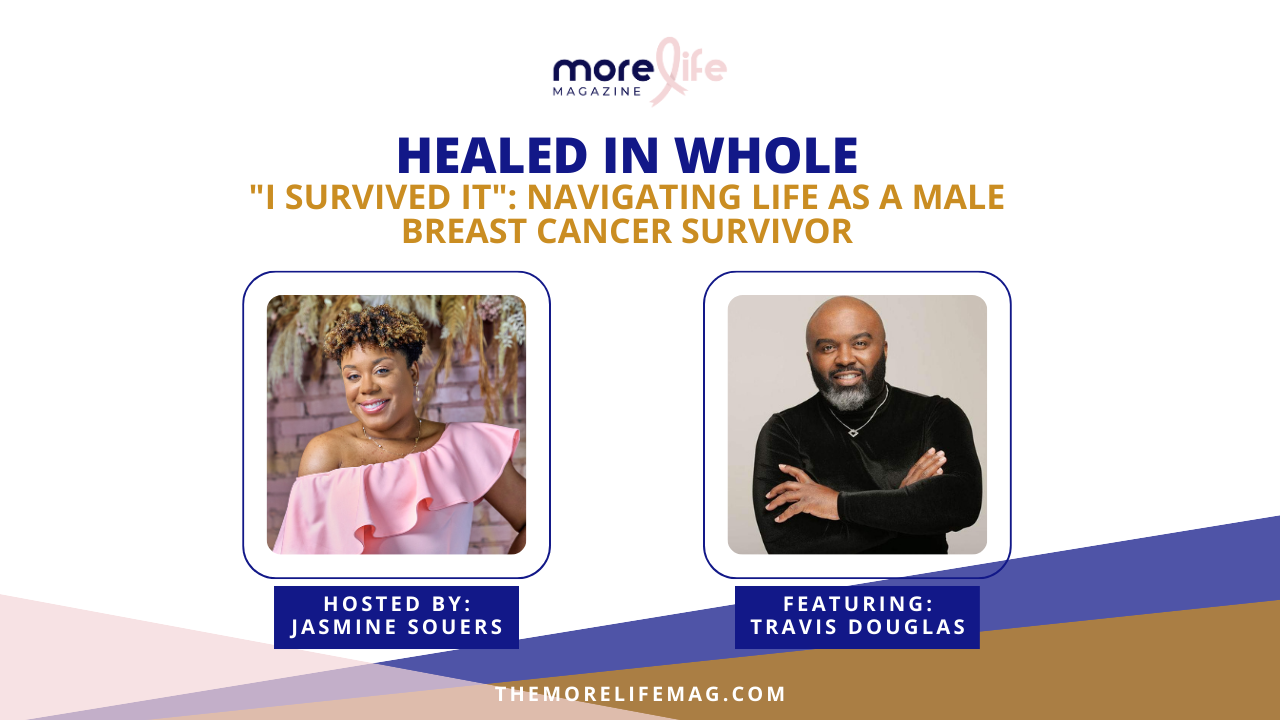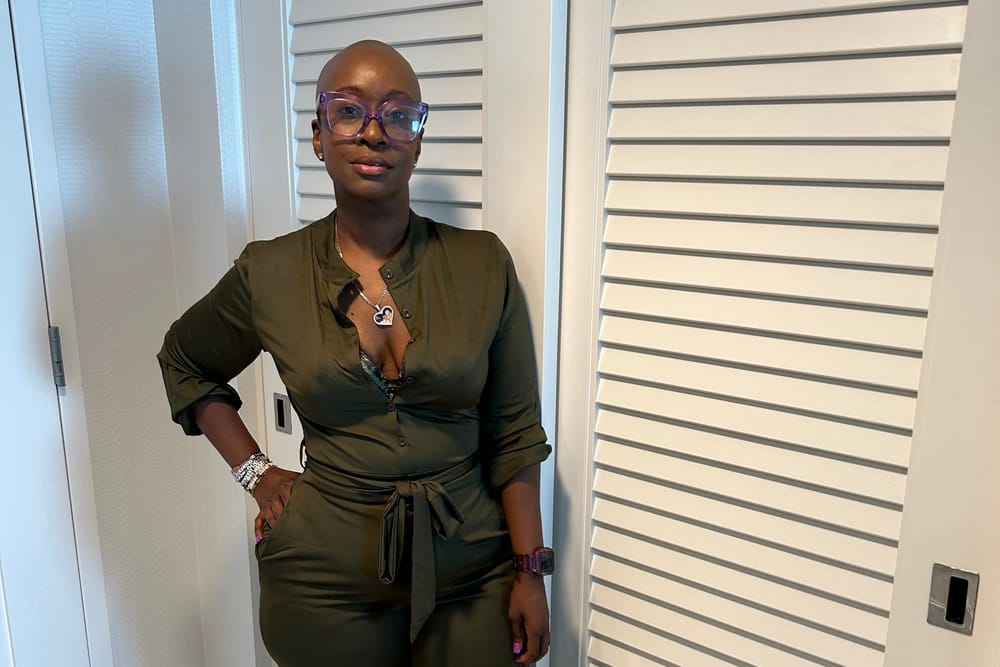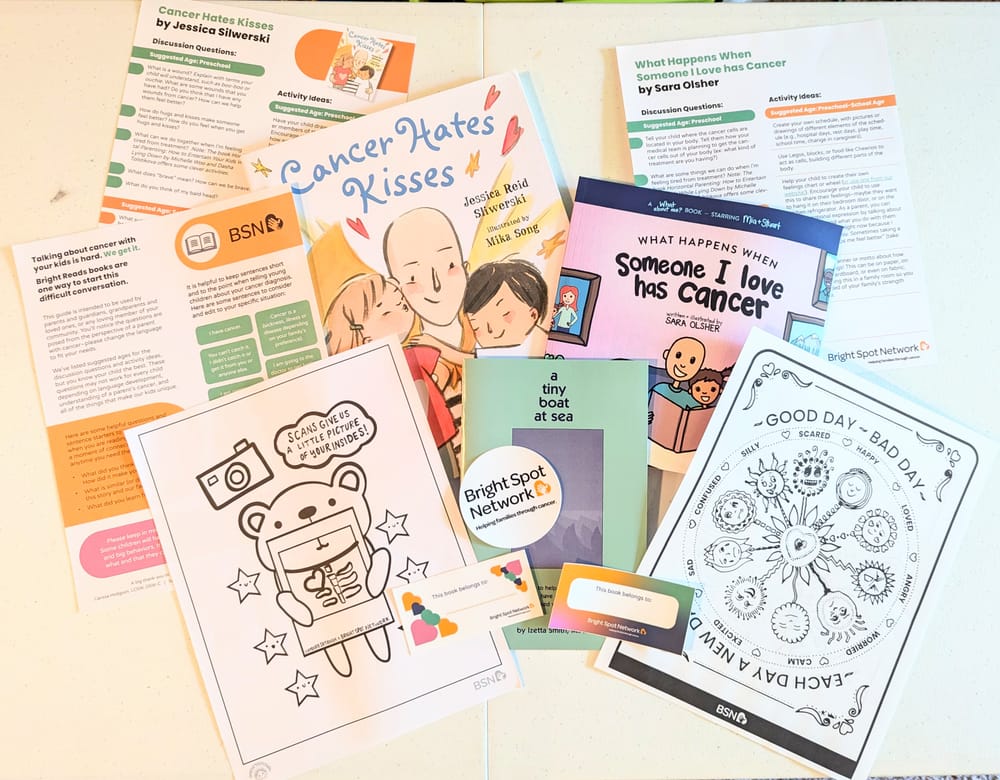Thanks to the Male Breast Cancer Global Alliance, I had the privilege of chatting with Travis Douglas, an acclaimed hairstylist and recording artist from South Carolina, who was recently diagnosed with breast cancer. In our discussion, Travis shared insights on embracing support, navigating the physical changes from cancer treatments, and drawing strength from his faith to anchor him through this journey. CONTENT WARNING: Sexual health is discussed during this interview.
Barrier-Breaking Resources
Terminology
- Axillary Dissection: Surgical procedure to remove some or all of the lymph nodes from the underarm area so the nodes can be examined under a microscope to check whether cancer cells are present.
- Genetic Tests: Analyzing DNA to look for an inherited gene mutation in a person that may show an increased risk for developing a specific disease.
- Inclusive Care - Inclusive care is the notion that health services should be equally accessible to all regardless of age, sex, sexual orientation, gender identity, or marital status (Collective Health).
- Lumpectomy - Surgery removing an area of cancerous breast tissue.
- Lupron (Leuprolide) - An LHRH (luteinizing hormone-releasing hormone) agent hormonal therapy drug. LHRHs shut down the ovaries and stop them from producing estrogen — so there is less estrogen to fuel the growth of hormone-receptor-positive breast cancer. In men, LHRHs affect the pituitary gland, which regulates testosterone production in the testicles.
- Mammogram - An X-ray image of the breast.
- Mastectomy - Surgery to remove part or all of the breast. There are different types of mastectomy that differ in the amount of tissue and lymph nodes removed.
- Metastatic Breast Cancer (MBC) - Breast cancer that has spread beyond the breast to other organs in the body (most often the bones, lungs, liver or brain). Metastatic breast cancer is not a specific type of breast cancer, but rather the most advanced stage (stage IV) of breast cancer.
- Tamoxifen (Nolvadex) - A hormone therapy drug (taken in pill form) used to treat early and advanced stage breast cancers that are hormone receptor-positive. These breast cancers need estrogen to grow. Tamoxifen stops or slows the growth of these tumors by blocking estrogen from attaching to hormone receptor in the cancer cells.
- Ultrasound (Sonogram) - Diagnostic test that uses sound waves to make images of tissues and organs. Tissues of different densities reflect sound waves differently.
- Whole Person Care - Whole person care starts with “what matters” most to patients in their cancer care and integrates this care with cancer treatment as well as both integrative and supportive oncology in a person-centered way (Healing Works Foundation).Definitions provided by Breastcancer.org, Susan G. Komen and American Cancer Society unless otherwise noted.
About Travis Douglas
Travis Bernard Douglas's hair artistry skills have led him to victory in major hair shows and featured in magazines. His work even appeared on a Netflix series. Travis's vocal talents have allowed him to grace The Tom Joyner Morning Show stage, open for Fantasia Barrino, and tour internationally. In all of Travis's triumphs, he remains humble, grateful and thankful that God has been a lamp unto his feet and a light unto his pathway.
About Black Men and Male Breast Cancer
Male breast cancer is pretty rare, making up less than 1% of all breast cancer cases and less than 1% of cancers in men overall. However, it's becoming more common, especially among Black men. Check out this article by Verywell Health to learn how breast cancer impacts Black men more than their white counterparts.
Resources for Male Breast Cancer Survivors
Male Breast Cancer Global Alliance
We want your feedback!
Did you learn something helpful or find a new resource? Tell us how we're doing by completing a short 5-question survey and get the chance to win a $25 Amazon gift card.
Take the Survey







